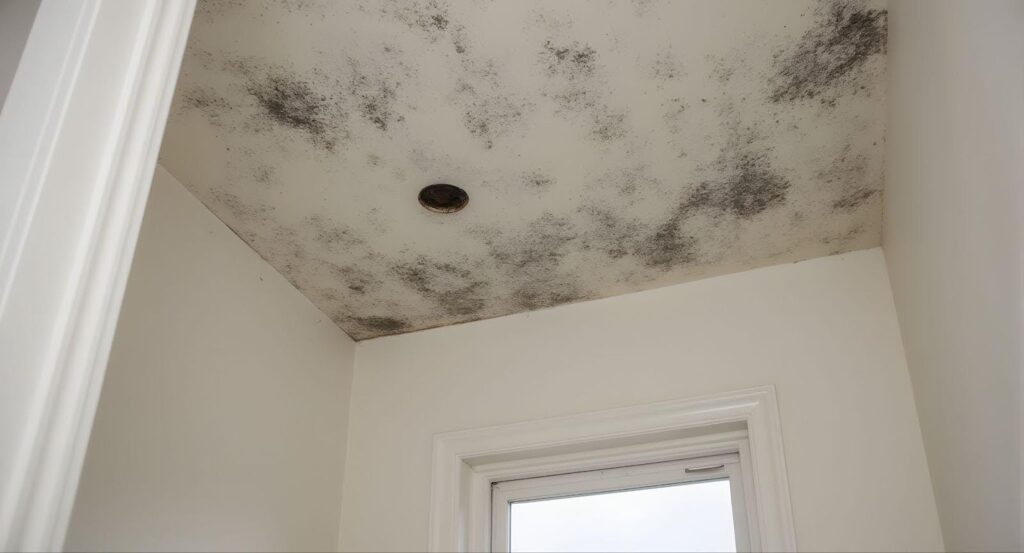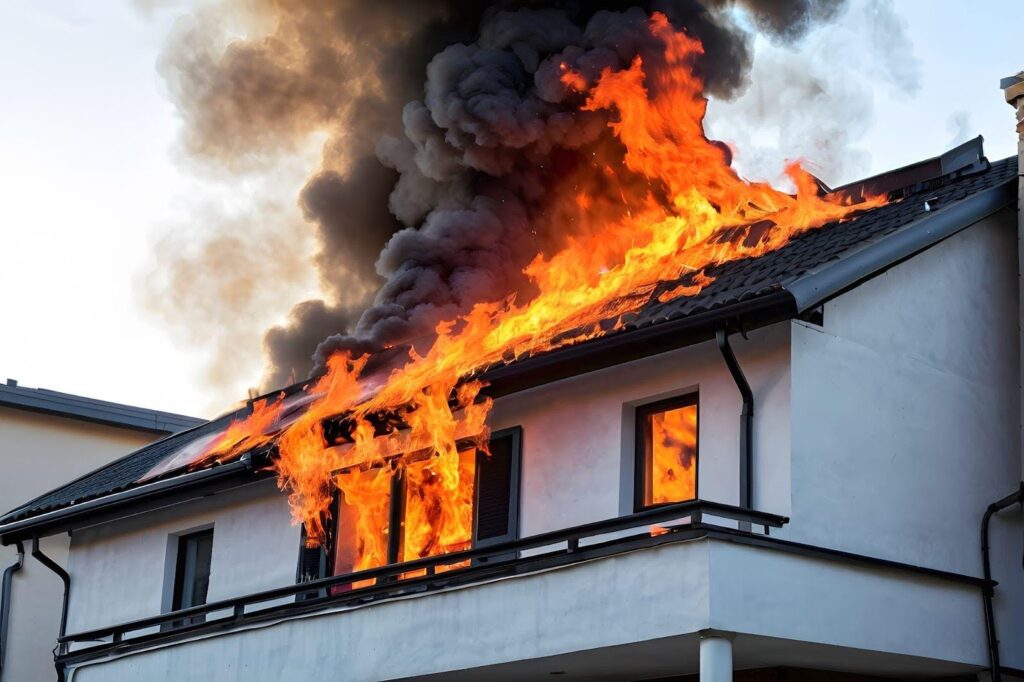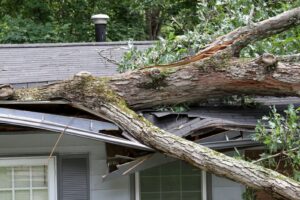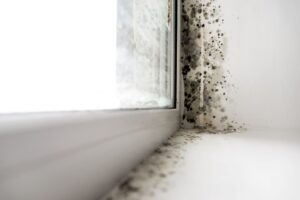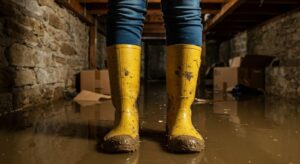Recovering from property damage often feels overwhelming. Storms, fires, and floods leave behind destruction, hazards, and costly repairs. A structured plan helps homeowners assess damage, document losses, and navigate insurance claims while ensuring a swift, safe restoration.
Acting quickly prevents further damage, speeds up repairs, and secures fair compensation. This guide walks you through every step, from evaluation to rebuilding, helping you restore your home efficiently and fortify it against future disasters.
Initial damage assessment
Inspecting your property immediately after damage helps prioritize safety, document losses, and streamline repairs. A thorough assessment ensures you communicate effectively with insurance providers and restoration professionals.
Inspect the property safely
Wear protective gear like gloves, boots, and a mask to avoid hazards such as debris, mold, and sharp objects. Check for structural weaknesses, downed power lines, or gas leaks before entering. If conditions seem unsafe, wait for professionals to assess the area.
Identify visible damage
Look for obvious destruction. Check the roof for missing shingles, holes, or sagging that could lead to leaks. Inspect walls, floors, and ceilings for cracks, charring, or warping caused by fire or flooding. Examine doors and windows for broken glass or alignment issues that may indicate structural shifting.
Recognize hidden risks
Not all damage is immediately visible. Check for electrical hazards like exposed wires, flickering lights, or tripped breakers. Look for mold growth, especially in damp areas, since it can develop within 24–48 hours. Inspect the foundation for cracks or shifting, which may signal deeper structural concerns.
Documenting the damage for insurance
Thorough documentation speeds up the claims process and ensures fair compensation. Capturing every detail helps your insurance provider accurately assess the damage.
Photograph every damaged area, including structural issues, water intrusion, smoke stains, and broken fixtures. Capture wide shots for context and close-ups for finer details. Record videos to provide a full walkthrough, ensuring you document all affected areas.
Create an inventory of damaged belongings
List every affected item, including furniture, electronics, clothing, and appliances. Describe each item, estimate its value, and include purchase dates and model numbers. Attach receipts or warranty details when available to support your claim. A well-documented inventory helps your insurer determine replacement costs and avoids disputes.
Save receipts for emergency expenses
Keep all receipts for temporary lodging, meals, and emergency repairs like tarping a roof or boarding up windows. Many insurance policies cover these costs under additional living expenses (ALE), reimbursing you while your home undergoes repairs.
Contacting your insurance provider
Report the damage to your insurance company as soon as possible to speed up your claim and secure the coverage you need. Clear communication and detailed documentation help prevent delays or disputes.
Report the damage immediately
Call your insurance provider right away to file a claim. Give them details about the incident, including the type of damage, when it occurred, and the affected areas. Ask about your coverage, deductible, and next steps. The faster you report, the sooner repairs can begin.
Work with the insurance adjuster
An insurance adjuster will inspect the damage and estimate repair costs. Walk them through your home and point out structural issues, water damage, and destroyed belongings. Provide photos, videos, and an inventory of damaged items to support your claim. A thorough inspection helps secure an accurate payout.
Track your claim and submit the required documents
Keep records of all communication, including emails, phone calls, and claim numbers. Follow up regularly to check the claim’s status and submit any requested documents, such as repair estimates or receipts for temporary housing. Staying organized ensures a smooth process and helps you receive a fair settlement.
Mitigating further damage
Taking immediate action after property damage prevents further destruction and reduces restoration costs. Securing your home, drying out water-damaged areas, and clearing debris protect your property while you navigate the repair process.
Tarp roof leaks and board up broken windows
Cover exposed areas to keep out rain, wind, and pests. Secure heavy-duty tarps over roof damage to prevent water from seeping into ceilings and walls. Nail plywood over shattered windows and damaged doors to deter intruders and block further weather damage.
Dry out water-damaged areas
Remove standing water immediately to prevent mold growth and structural decay. Set up dehumidifiers and high-powered fans to accelerate drying. If flooding has soaked carpets or walls, pull out and discard materials that cannot be salvaged. Acting quickly stops mold from spreading and reduces long-term repair costs.
Clear debris and secure hazardous materials
Remove fallen branches, shattered glass, and loose building materials to eliminate safety hazards. Dispose of soaked insulation, chemicals, or fire-damaged electrical components properly. If you detect gas leaks or suspect asbestos, contact professionals to handle the cleanup safely.
Hiring the right restoration professionals
Hiring experienced restoration professionals ensures proper repairs and a smooth recovery process. Choose a licensed and insured company that specializes in fire, water, and storm damage restoration.
Find a licensed, insured, and reputable restoration company
Verify the company’s licensing and insurance to protect yourself from liability. Work with professionals who have proven experience in repairing homes damaged by water, fire, or structural issues.
Check certifications, reviews, and past experience
Look for industry certifications such as IICRC or RIA to confirm expertise. Read customer reviews to assess reliability and service quality. Request references and review past projects similar to your situation.
Understand the scope of services, estimated timelines, and costs
Request a detailed estimate that outlines labor, materials, and projected timelines. Ask about emergency response times and expected completion dates. Clarify whether the company handles mold remediation, debris removal, and insurance coordination.
The restoration and repair process
Restoration teams work efficiently to repair damage and prevent future issues. Coordinating with contractors and insurance providers speeds up the process and ensures a safe, thorough rebuild.
Create a clear restoration plan with contractors
Meet with your restoration team to outline priorities, timelines, and necessary materials. Discuss structural concerns, required permits, and estimated completion dates. Maintain regular communication to track progress and address any unexpected issues.
Extract water, repair structures, and prevent mold growth
Professionals use industrial-grade dehumidifiers and air movers to remove excess moisture. Contractors inspect and reinforce compromised structures, replacing damaged drywall, flooring, and insulation. Applying antimicrobial treatments and improving ventilation help prevent mold from returning.
Work with insurance to approve repairs
Provide your insurance adjuster with damage reports, contractor estimates, and repair plans. Confirm that approved repairs align with your policy’s coverage and follow up on reimbursement for temporary living expenses if needed. Stay proactive to avoid delays in claim processing.
Navigating the insurance payout process
Securing a fair insurance payout ensures you can complete necessary repairs without financial strain. By understanding claim settlements, reviewing adjuster reports, and managing repair costs effectively, you can maximize your coverage and speed up the recovery process.
Understand claim settlements and payout timelines
Insurance companies process claims in stages, releasing payouts based on policy coverage and repair progress. Some policies provide an initial advance for emergency expenses, while others require a full damage assessment before issuing funds. Review your policy to understand expected timelines and payment structures.
Review the adjuster’s report and negotiate if needed
Examine the adjuster’s assessment carefully to confirm it accounts for all damage. If the settlement seems too low, gather additional contractor estimates, provide documentation, and request a reassessment. Presenting clear evidence strengthens your case and increases the likelihood of a higher payout.
Receive funds and manage repair payments
Insurance companies may send funds directly to you, your mortgage lender, or contractors handling the repairs. Work with your insurer to ensure timely disbursement and prevent payment delays. Keep track of all invoices, expenses, and receipts to confirm repairs align with the approved claim amount.
Preventing future property damage
Strengthening your home minimizes disaster risks and costly repairs. Reinforce structures, improve protective measures, and stay proactive with maintenance.
Upgrade key structural elements
Install impact-resistant roofing, reinforced windows, and a strong foundation. Add storm shutters, fire-resistant siding, and secure doors to withstand extreme weather.
Enhance drainage, insulation, and fire safety
Maintain gutters, install French drains, and grade your yard to prevent flooding. Upgrade insulation to control moisture and prevent mold. Clear dry vegetation, create firebreaks, and maintain defensible space to reduce wildfire risks.
Commit to regular inspections
Check your roof, plumbing, electrical systems, and HVAC annually. Hire professionals to assess foundation stability, roof integrity, and wiring safety. Replace outdated materials, seal vulnerabilities, and invest in weatherproofing for long-term protection.
Trust Total Flood and Fire Restoration for a smooth recovery
When disaster strikes, Total Flood and Fire Restoration provides the professional support you need. Our experienced restoration team specializes in water, fire, and storm damage restoration, ensuring your home is repaired quickly and safely. With advanced equipment, certified technicians, and a commitment to quality, we handle everything from initial mitigation to final restoration.
Don’t let property damage overwhelm you. Contact Total Flood and Fire Restoration today for expert restoration services and peace of mind.


